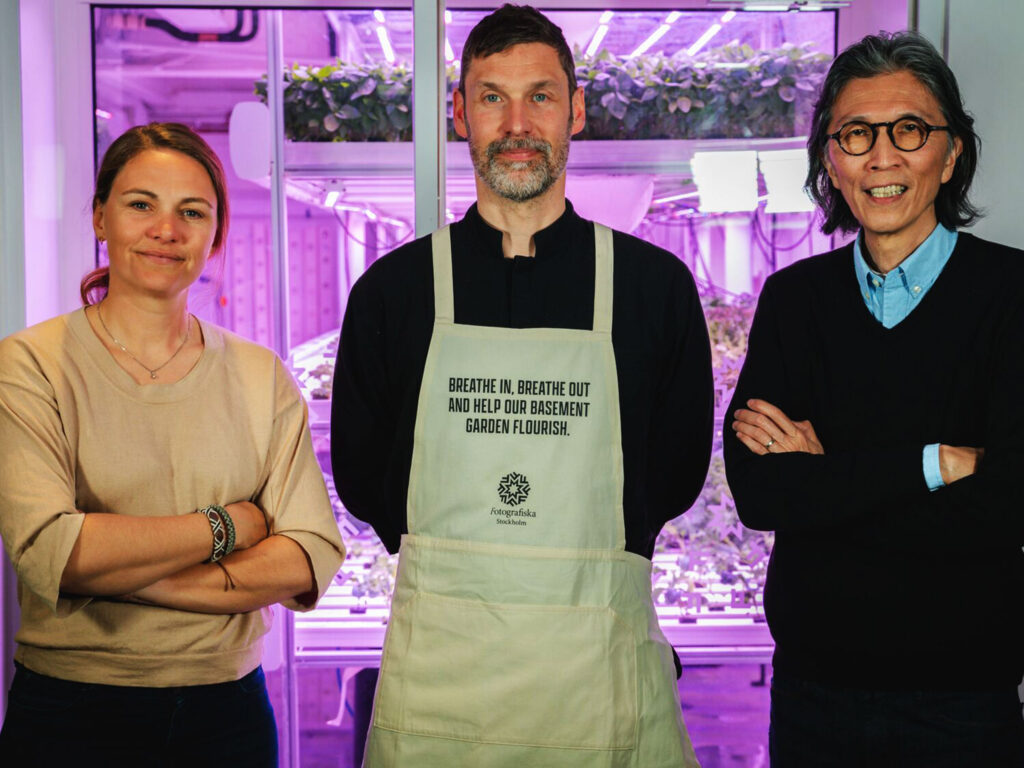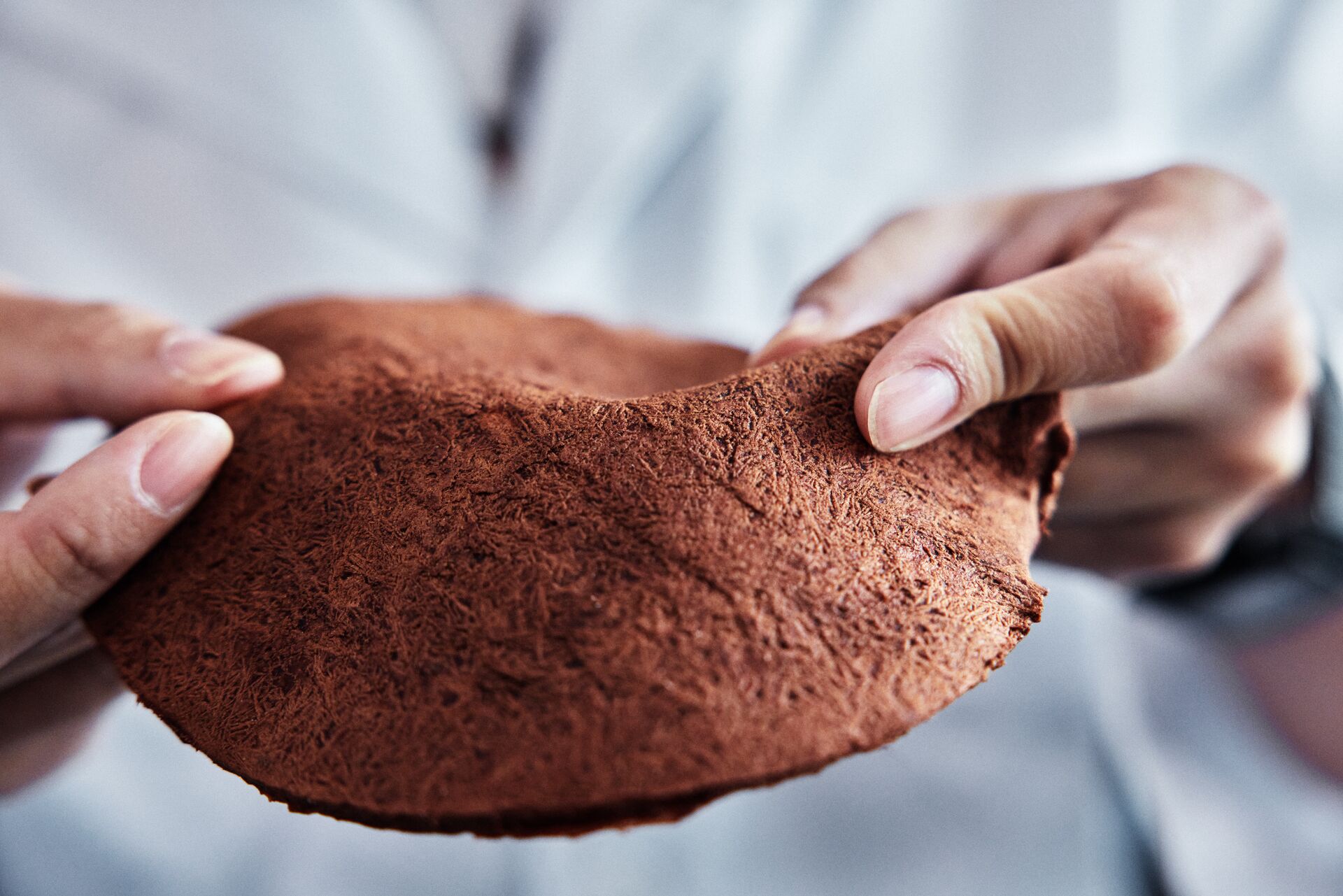Carbon Looper – CO2 capturing textiles
Carbon Looper could mark the beginning of a paradigm shift in textiles and fashion. Traditionally, garment production has been linked to high carbon emissions and resource consumption. But what if textiles could help remove CO2 from the atmosphere instead?

As part of the Planet First program initiated by H&M Foundation together with HKRITA (The Hong Kong Research Institute of Textiles and Apparel), the Carbon Looper project has developed a method that enables cotton textiles to capture and release CO2, actively contributing to decarbonisation.
By treating fabric with an amine-containing solution, its surface can adsorb CO2 from the surrounding air. The captured CO2 can then be released by heating the fabric to 30–40°C – for example, in a greenhouse – where plants absorb it during photosynthesis, naturally cycling the carbon.
A standard-sized garment can absorb roughly a third of the CO2 that a tree absorbs daily. After just three ‘loop cycles’, the garment offsets its own carbon footprint – and from that point onward, it actively supports CO2 reduction.
Researchers are also exploring alternative CO2 release methods, such as regular laundry processes or sequestration into a solid state, as well as expanding applications to curtains, tablecloths, and furniture textiles.
Live testing at Fotografiska Stockholm

To test the technology outside the lab, Carbon Looper aprons were worn by restaurant staff at Fotografiska Stockholm. The restaurant’s hydroponic garden provided an ideal environment for releasing CO2 back into the natural cycle, supporting plant growth.
Anything we do in the lab is only useful once it gets out of the lab. We monitored the release process to see if we could speed it up, improve the carbon capacity of the material, and explore new applications.
Edwin Keh, CEO at HKRITA
A step toward decarbonising fashion
By rethinking how textiles interact with the environment, Carbon Looper has the potential to make fashion an active player in carbon removal. What if our everyday fabrics didn’t just reduce emissions – but actually helped clean the air?
Project time period
Focus Areas:
Partners:
- For technical details and contact with HKRITA, click here.


